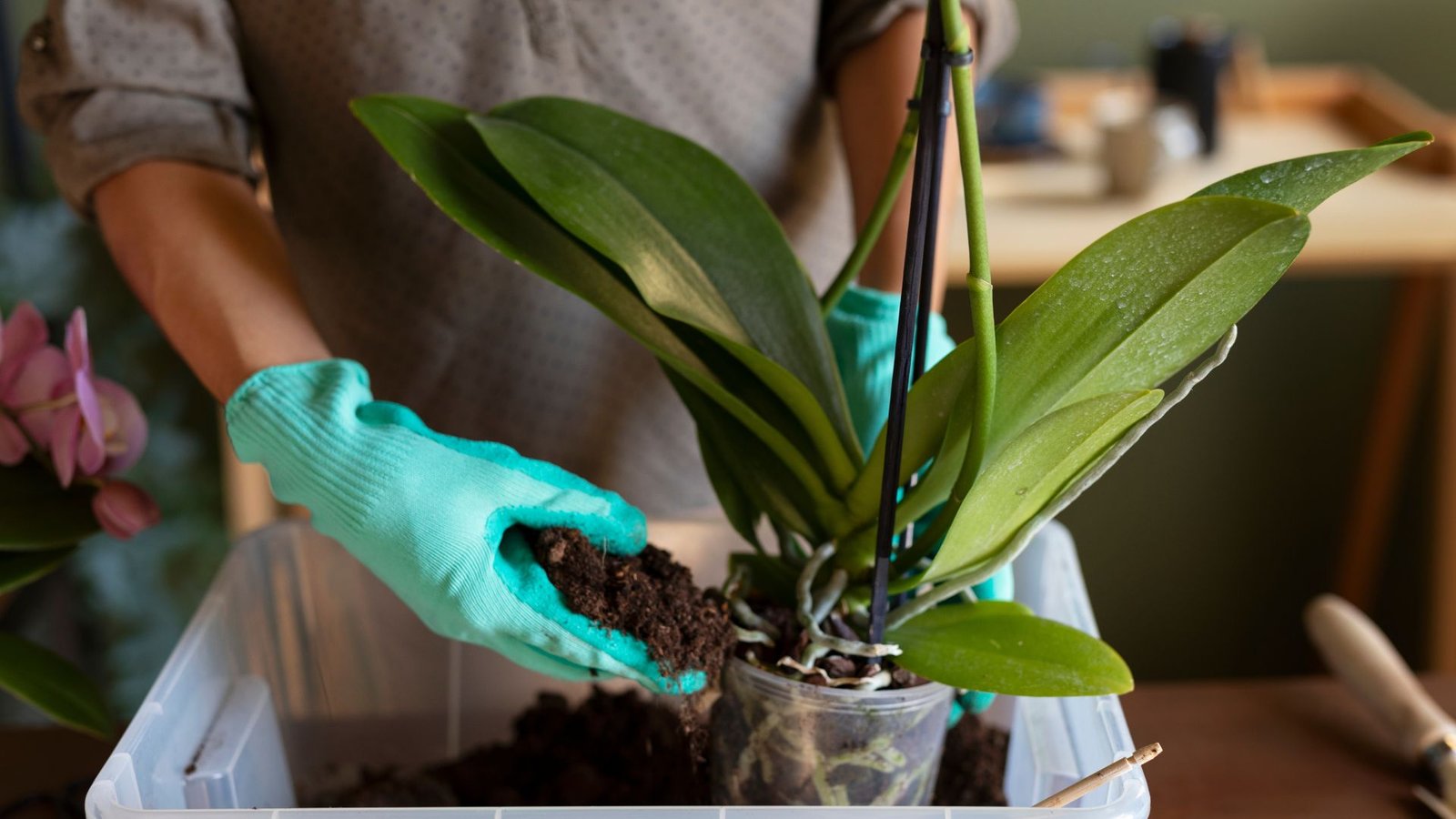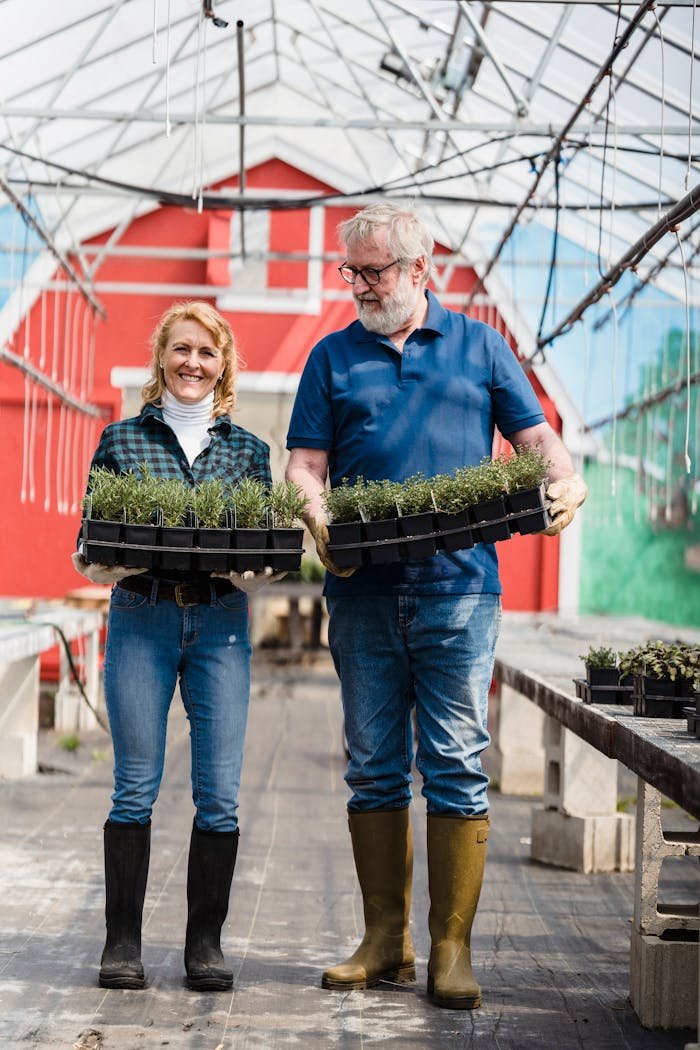Growing a banana plant care indoor can be a fun and rewarding experience, especially when you know how to provide the proper care. While you might imagine bananas only growing outdoors in tropical climates, many indoor gardeners successfully grow dwarf banana plant varieties right at home. With the right attention to light, water, and humidity, you can transform any room into a mini tropical paradise.
However, caring for a banana tree indoors requires understanding its specific needs, including proper banana plant watering schedule, ideal light requirements for banana tree, and the right soil mix. If you’re ready to bring the tropics into your living space, this guide will help you get started with banana plant care indoor.
What is a Banana Plant?
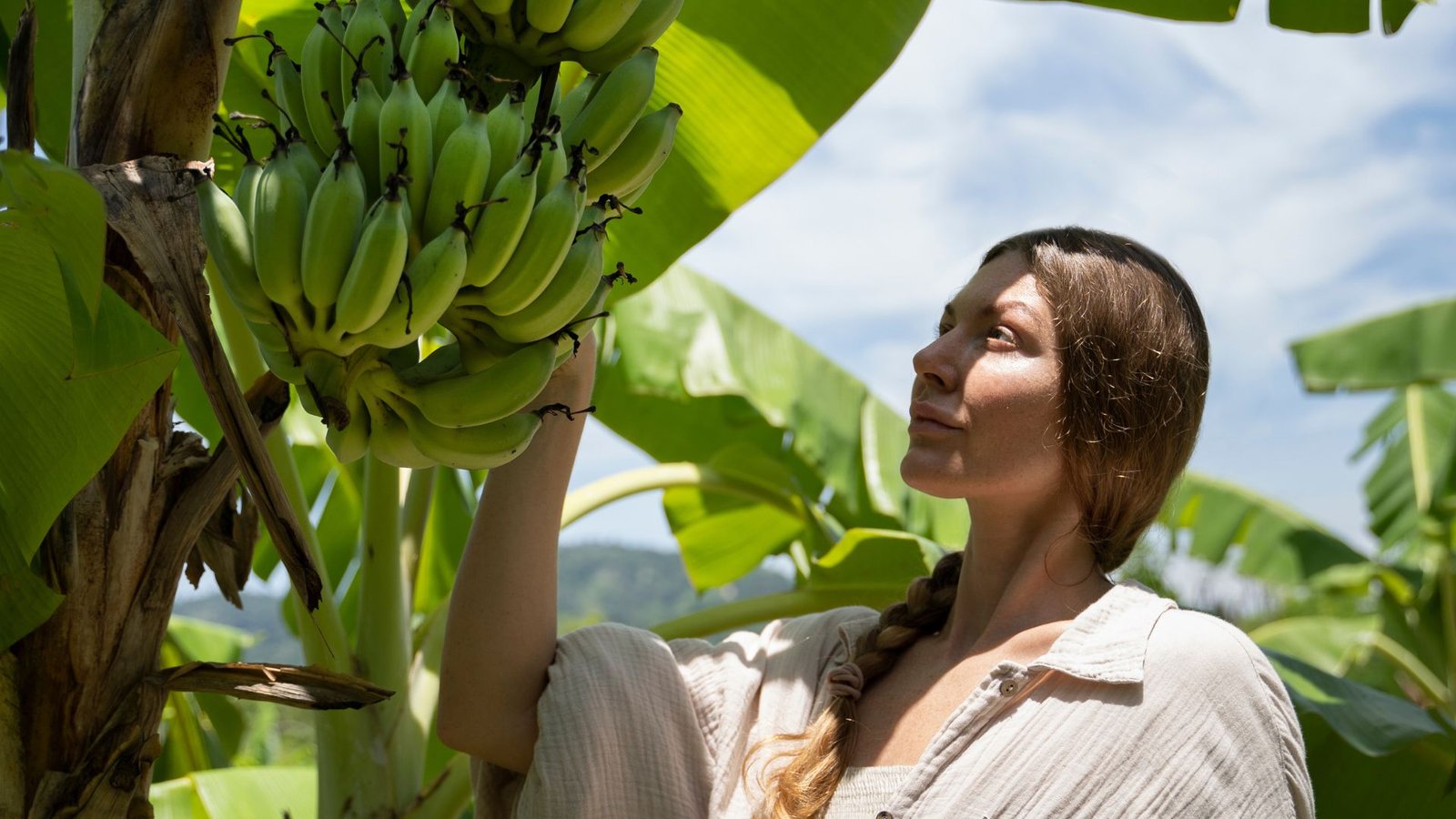
A banana plant is a tropical species known for its large, lush green leaves and, in some cases, sweet fruit. While the familiar banana that you eat is the Cavendish variety, there are many different types of banana plants. Some are grown for their ornamental beauty, while others are meant for producing fruit. The dwarf banana plant varieties, in particular, are perfect for growing indoors as they typically reach a height of around 3–4 feet, much smaller than the massive 20–40 feet found in the wild.
These indoor banana plants require plenty of space and care, but they are a great way to add a touch of the tropics to your home. If you’ve visited a tropical region, you might have seen one of these towering giants, but for indoor settings, it’s best to focus on smaller varieties.
Can You Grow a Banana Plant care Indoor?
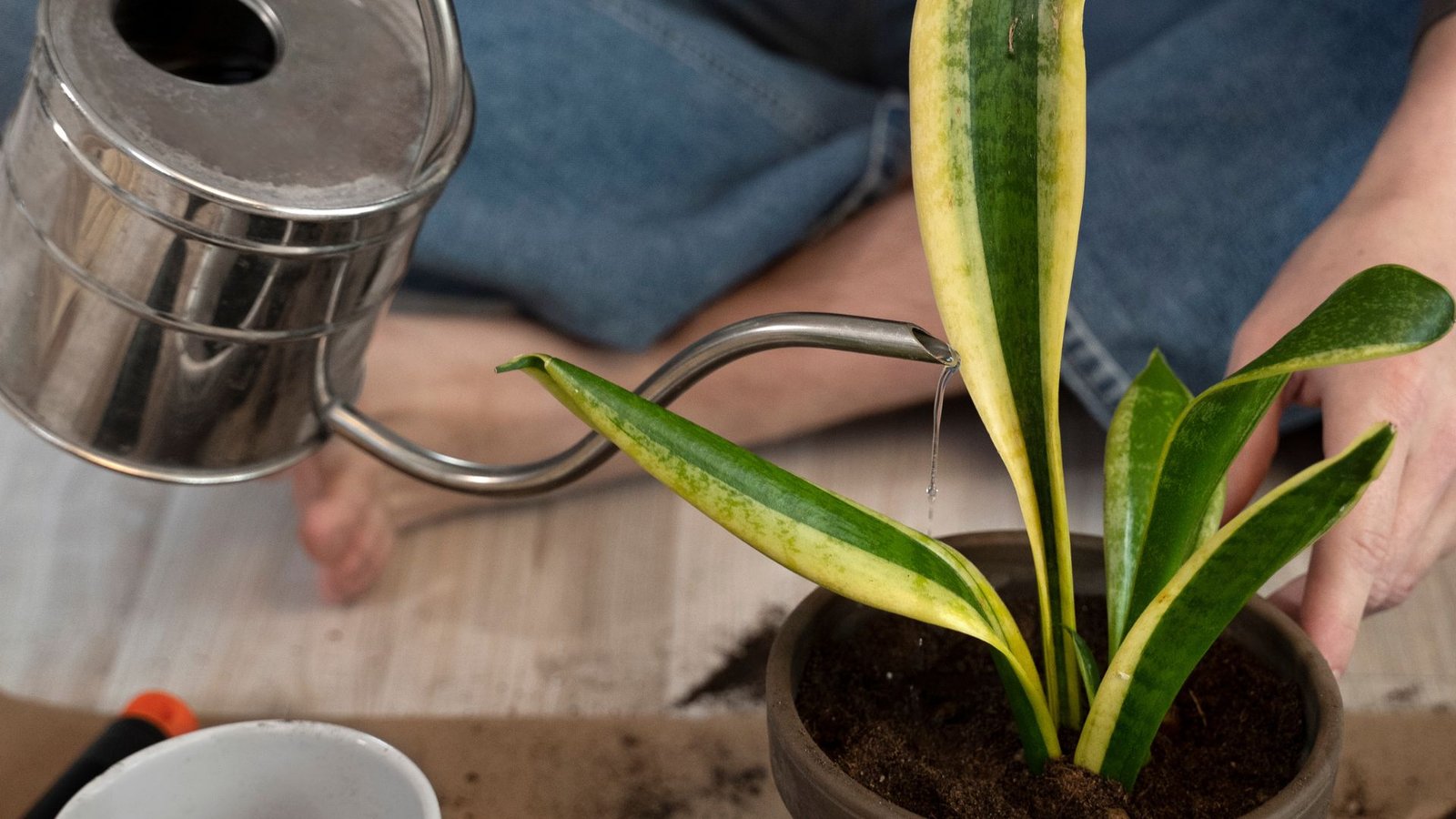
Absolutely, you can grow a banana plant indoors. However, it’s important to choose the best indoor banana tree varieties, such as the dwarf Cavendish or Red banana plant, which are more manageable for home cultivation. These varieties are smaller, typically topping out at under 10 feet in height, making them perfect for living rooms or even larger kitchens.
While it’s possible to grow banana trees indoors, they still need a lot of attention. You’ll need to provide the right balance of light, water, and temperature. Banana plant light requirements are especially important; without enough sunlight, your plant may not thrive, or worse, fail to grow fruit.
Best Banana Varieties for Indoor Growing
The dwarf banana plant varieties are your best bet for growing indoors. Some of the most popular options include the Dwarf Cavendish, Red Banana, and Super Dwarf banana plants. The Dwarf Cavendish is a well-known variety that can produce edible bananas, although this may take several years. These plants typically reach 4–6 feet, making them an excellent choice for smaller spaces.
The Red Banana variety is another beautiful option with reddish-purple fruit, though it’s generally considered ornamental. The Super Dwarf Cavendish, which grows no taller than 3 feet, is perfect for apartment dwellers or anyone with limited space. These varieties also do well in indoor environments, as they can adapt to a range of light and humidity levels with proper care.
Where to Buy or Source Banana Plants
When it comes to where to buy or source banana plants, you’ll find several good options. Many garden centers carry banana trees, especially during the spring. Additionally, online stores like Amazon and specialized nurseries offer a variety of dwarf banana plants that are perfect for indoor growth.
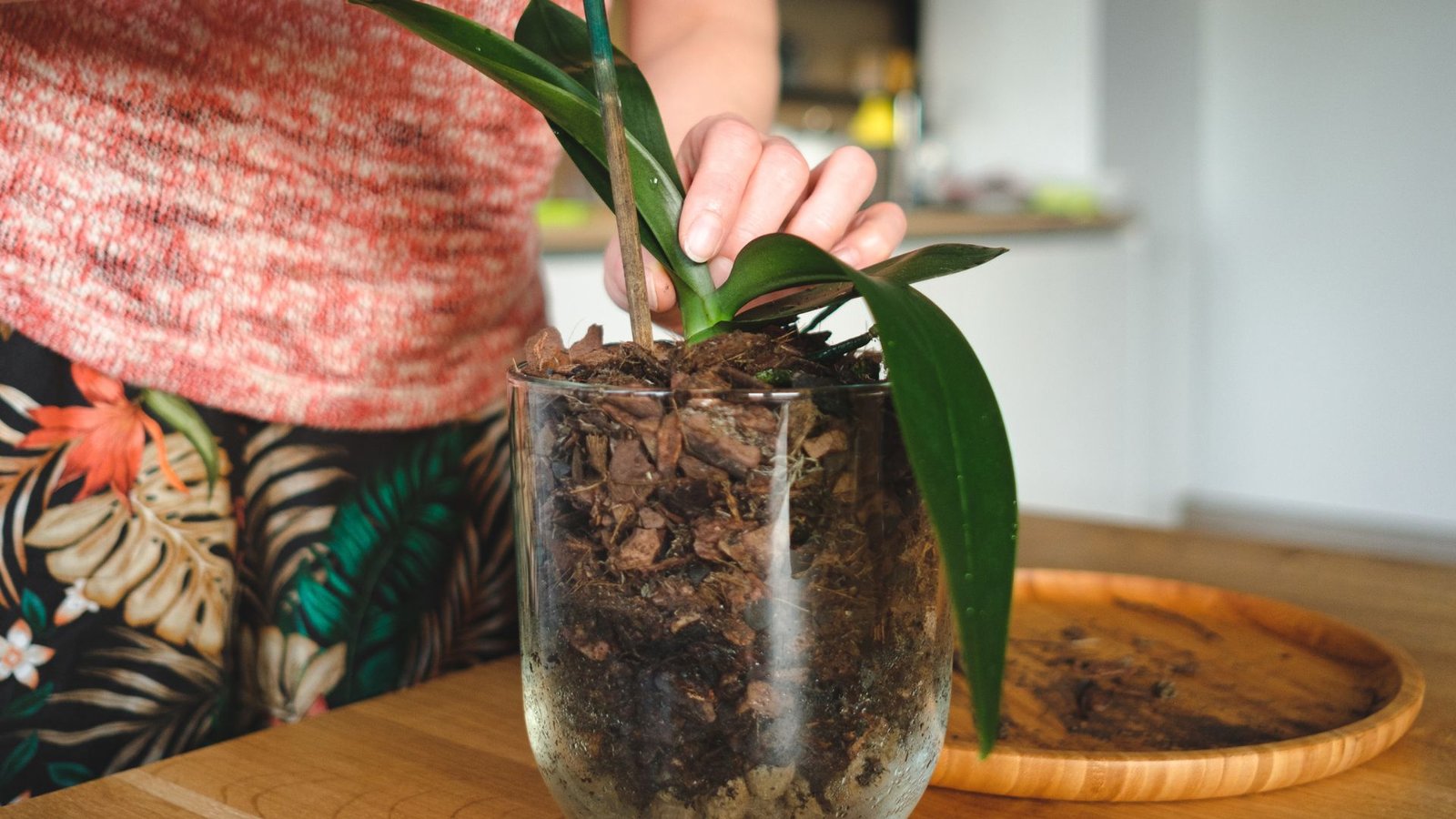
Before making your purchase, check that the banana plant is suited for indoor growth, and that it has been well-cared for. Banana plant care indoor begins as soon as you bring your plant home, so it’s essential to choose a healthy one from the start.
How to Grow a Banana Plant care Indoor: Step-by-Step
How to grow a banana plant care indoor requires the right conditions and regular attention. Begin by choosing an appropriate potting mix for banana plants that offers good drainage. Plant the banana in a container with drainage holes to prevent water from pooling at the roots. Place your plant in a location that gets plenty of sunlight, as banana plant light requirements are quite high.
Next, water the plant regularly, but make sure it’s not sitting in water. The banana plant watering schedule should keep the soil moist but not soggy. A regular watering routine will help the plant grow, but be mindful of the signs of overwatering, such as yellowing leaves.
Soil, Watering, and Drainage Needs
The best soil for banana tree growth is a well-draining potting mix rich in organic matter. You can enhance store-bought mixes by adding perlite or sand to improve drainage. Banana plants are thirsty, but they don’t like wet roots. Thus, your plant should never sit in a saucer filled with water, as this leads to root rot.
Water your plant thoroughly when the top inch of soil feels dry. A consistent banana plant watering schedule will keep your plant healthy, but avoid letting it dry out completely. Also, check the soil’s drainage to ensure proper water flow, as standing water can cause a variety of banana plant common diseases.
Light, Temperature, and Humidity Requirements
Indoor banana plants need lots of light, ideally 12–16 hours of indirect sunlight each day. If natural sunlight is insufficient, consider using grow lights for indoor plants to provide the extra light your banana plant needs. These lights mimic the intensity of sunlight and can encourage healthy growth, especially in winter months.
Temperature is also crucial for indoor banana plants. They thrive in warm conditions, ideally between 75–85°F (24–29°C) during the day and no less than 60°F (15°C) at night. Banana tree humidity needs are high, so you may want to invest in a humidifier to keep the air moist, particularly during the dry winter months.
Fertilizing Your banana plant care indoor
Fertilizer for indoor banana plants is essential for healthy growth. During the growing season (spring through fall), feed your banana plant with a balanced, liquid fertilizer every two weeks. Diluting the fertilizer to half-strength will prevent overfertilization, which can lead to burned leaf tips.
Banana plants are heavy feeders, so during their active growth phases, they require frequent nourishment. In winter, when the plant is dormant, reduce fertilization to once a month. Be sure to choose a fertilizer high in potassium to support fruiting if you’re aiming for an indoor fruiting banana plant.
Propagation and Repotting Tips
One of the most exciting aspects of banana plant care indoors is how to propagate banana plant pups. These pups are baby plants that grow at the base of the main plant. Once they’re big enough, you can carefully separate them from the mother plant and replant them in their own pot. Be sure the pup has its own root system before transplanting.
Repotting banana trees is another essential task. As your plant grows, it will need more space. Every year, you should repot it into a container 2–3 inches larger than its current pot. This allows the plant’s roots to expand and grow more efficiently, ensuring it remains healthy.
Common Pests and Problems
Houseplant pest control is essential when caring for banana plants indoors. Common pests include mealybugs, aphids, spider mites, and scale insects. Regularly inspect your plant’s leaves and stems for any signs of pests, such as sticky residue or small webs. If you find pests, you can treat your banana plant with an organic pesticide or a mixture of water and soap.
Banana plant common diseases such as root rot, anthracnose, and mosaic virus can also affect your plant. Ensuring proper drainage, watering habits, and good air circulation around the plant will help prevent these issues. Always remove any infected leaves to keep the plant healthy.
Other Indoor Tropical Plants to Grow
If you love the idea of having a tropical indoor garden, consider adding other indoor tropical plants like the Monstera, Bird of Paradise, or Philodendron. These plants share similar light and humidity requirements to banana plants and will thrive in the same environment. Grouping them together will also help create a lush, tropical atmosphere in your home.
Final Thoughts on banana plant care indoor
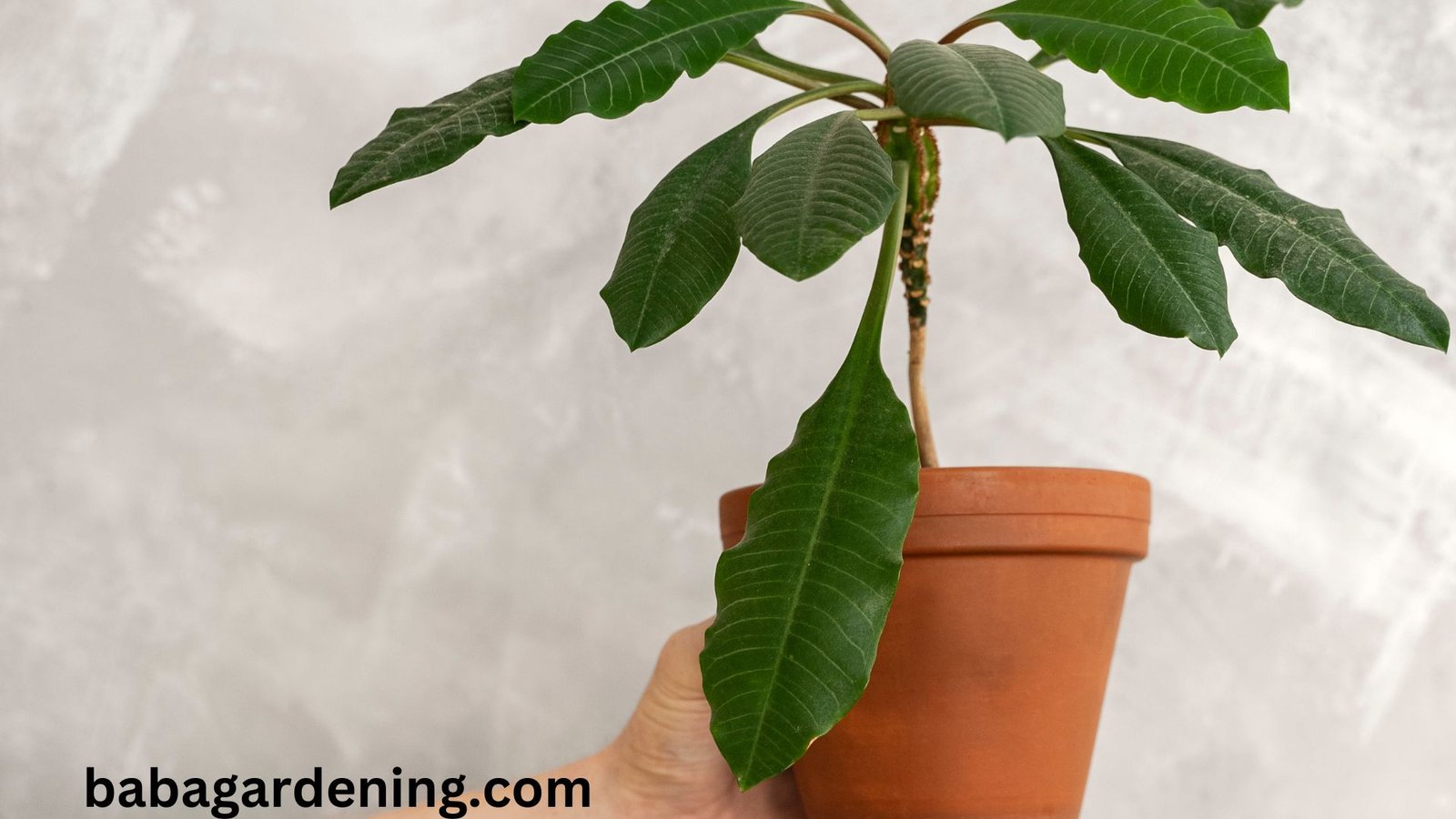
Caring for a banana plant indoors can be a rewarding experience, but it does require attention to detail. Providing the right amount of light, water, and nutrients is key to growing a healthy banana plant. With patience and care, your plant may even produce beautiful fruit.
Conclusion
If you’ve ever wondered, “Are banana plants easy to care for?”, the answer depends on your ability to meet their specific needs. By following the banana plant care indoor step-by-step and ensuring your plant gets the proper light, soil, water, and humidity, you can enjoy this tropical beauty in your home. Whether you’re growing a dwarf banana plant variety or simply enjoying the lush foliage, banana plants make an exciting addition to any indoor garden.
FAQS
1. Caring for an indoor banana plant?
Ensure your banana plant gets bright, indirect sunlight, water it regularly, and maintain humidity levels. Keep the soil consistently moist but not soggy.
2. Cutting brown leaves off a banana plant?
Yes, you should trim off any dead or brown leaves to promote healthy growth and prevent mold.
3. Signs of an overwatered banana tree?
An overwatered banana tree may have yellowing leaves, mushy or brown spots, and root rot.
4. Epsom salt for banana trees?
Epsom salt helps by providing magnesium and sulfur, which promote better leaf growth and overall plant health.
5. Sprinkling Epsom salt around plants?
Yes, you can sprinkle Epsom salt around plants, but be sure to dilute it with water to avoid overfeeding.

